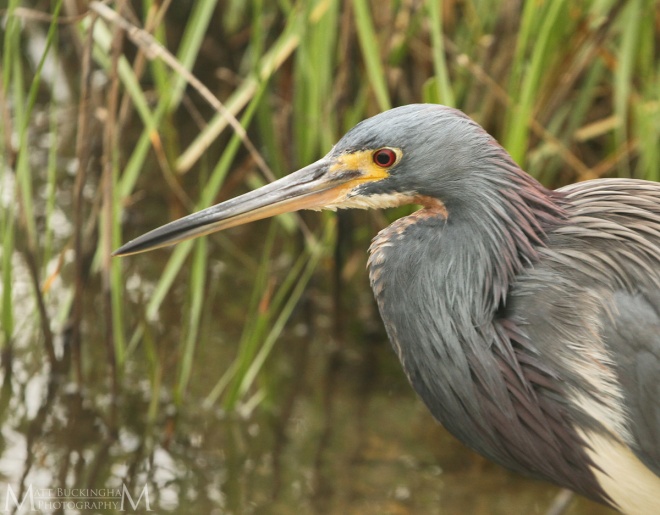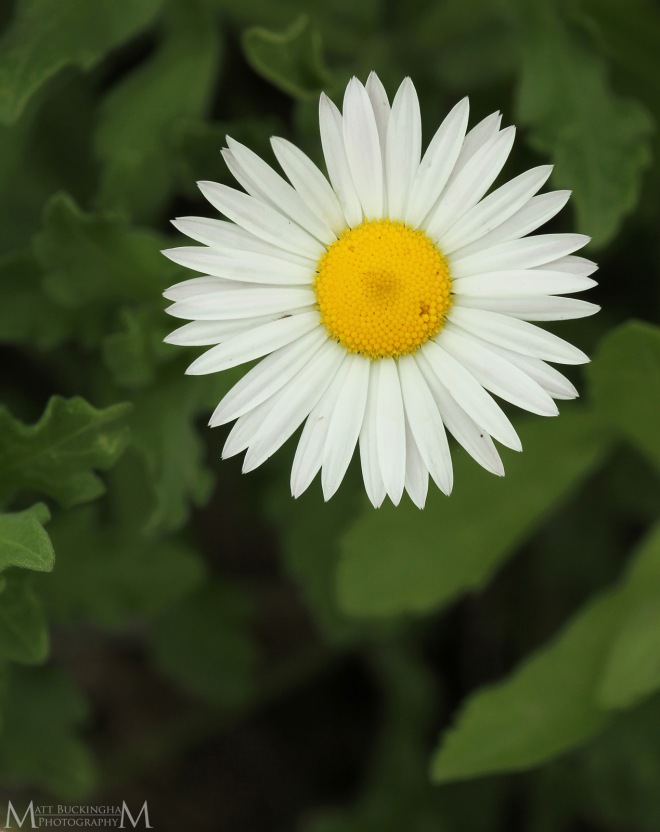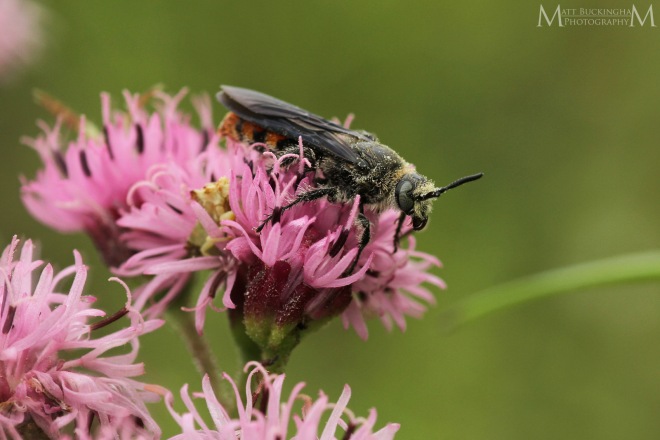
Coastal Dunes with Beach Morning Glory
When I was developing my 2017 list I added several species that were contingent on a spring break trip to Big Bend. Unfortunately I did not plan ahead enough, and by the time I tried to make arrangements out west everything was already booked up. Fortunately there are so many biodiversity hot spots in Texas that it was not hard to find a substitute. We decided on the varied subtropical habitats of Deep South Texas. Here one can encounter a suite of endemics and Mexican specialties that are found nowhere else in the country. It may come as no surprise that immediately after posting my 2017 list I began thinking about my 2018 list, in which I planned to include many of the South Texas specialties.
So Carolina and I began an adventure with my entire family: my brother, Seth, my mom, Jolynn, and my dad, Jack. We traveled south in two vehicles intent on seeking out plants, birds, herps, and good food. Our first couple days were allocated for time along the coast, from Port Aransas to South Padre.
The South Texas coast contains several extensive dune fields, primarily along the barrier islands. Some are ever shifting, and some have been stabilized with vegetation and debris. One might be surprised to find plants clinging to life in these sandy wastelands, however several species thrive in these shifting sands. The most conspicuous species during our trip was the Beach Morning Glory (Ipomoea imperati), which is a coastal specialist ranging from the Atlantic Coast from North Carolina to Florida to the Gulf Coast of Florida to Texas. We enjoyed the view from the base of the dunes as Sanderlings (Calidris alba), Ruddy Turnstones (Arenaria interpres), Willets (Tringa semipalmata), and Black-bellied Plovers (Pluvialis squatarola) chased the receding waterline only to swiftly retreat with each incoming wave.

Beach Morning Glory
Beyond the dunes lie a variety of habitats including wet and dry prairies and marshes. Marshes vary from saline to brackish to freshwater, depending on the influence of tidal waters. We spent time exploring some high quality saltmarshes, one of my favorite communities, where we observed several bird species including Long-billed Curlews (Numenius americanus), Marbled Godwits (Limosa fedoa), Spotted Sandpipers (Actitus maculatus), Greater Yellowlegs (Tringa melenaleuca), American Oystercatchers (Haematopus palliatus), Clapper Rails (Rallus crepitans (formerly R. longirostris)), American Coots (Fulica americana), Common Moorhens(Gallinula chloropus), Osprey (Pandion haliaetus), Redheads (Aythya americana), Northern Pintails (Anas acuta), Blue-winged Teal (Anas discors), Black-bellied Whistling Ducks (Dendrocygna autumnalis), and Mottled Ducks (Anas fulvigula). Mottled Ducks are coastal specialists that range from Florida to central Mexico. These close relatives of the Mallard have experienced population declines throughout much of their range as coastal habitat has been lost to development and sea level rise.

Mottled Duck
The marshes were also home to a variety of wading birds including American Bitterns (Botaurus lentiginosus), Roseate Spoonbills (Platalea ajaja), White Ibis (Eudocimus albus), Green Herons (Butorides virescens), Great Blue Herons (Ardea herodias), Great Egrets (Ardea alba), Snowy Egrets (Egretta thula), Reddish Egrets (Egretta rufescens), Yellow-crowned Night-Herons (Nyctanassa violacea), Black-Crowned Night-Herons (Nycticorax nycticorax), and some cooperative Tricolored Herons (Egretta tricolor) and Little Blue Herons (Egretta caerulea).

Tricolored Heron

Little Blue Heron
A number of songbirds were also present. We observed several Common Yellowthroats (Geothlypis trichas) and scores of Red-winged Blackbirds (Agaleius phoeniceus) and Great-tailed Grackles (Quiscalus mexicanus). The Grackles were particular tame, and would perch on the boardwalk support posts mere feet away from us.

Great-tailed Grackle
Slight variations of topography along the coast result in vastly different vegetative communities. On small sandy crests and ridges dry prairies and scrublands persist. These prairies are dominated by a variety of grasses and forbs. The most visible member of this community is the Spanish Dagger (Yucca treculeana). These stately yuccas are common in these dry prairies, and in the United States are restricted to southern Texas, New Mexico, and Arizona.

Spanish Dagger

Spanish Dagger Flowers
Along the wetter transition zone between marsh and prairie Carolina spotted a pair of Texas Feathershanks (Schoenocaulon texanum). These bizarre members of the lily family can be found in south, central, and west Texas and southwest New Mexico.

Texas Feathershank

Texas Feathershank
The contact zone between the dunes and coastal prairie also harbor an interesting flora. Arkansas Lazy Daisy (Aphanostephus skirrhobasis) is a widespread species of the south central states that can be common in this community.

Arkansas Lazy Daisy
The lazy daisy is popular with pollinators, and coincidentally with their predators like this crab spider (Misumenoides formosipes) that awaits a hungry pollinator to fall into its trap.

A crab spider awaits an unsuspecting pollinator
American Bluehearts (Buchnera americana) was also fairly common in this community.

American Bluehearts
I have always been a fan of milkworts. I was delighted to see several White Milkworts (Polygala alba), which we don’t have in East Texas.

White Milkwort
Texas Palafox (Palafoxia texana) is primarily restricted to southern Texas. Its brilliant pink blooms added a splash of color to the primarily brown grasses of the coastal prairie.

Texas Palafox
I observed this wasp, Campsomeris tolteca (thanks to Seth Patterson for the ID), feeding on the nectar-rich flowers of the Texas Palafox..

Campsomeris tolteca

Campsomeris tolteca
Scattered along the coast are a series of woodlots primarily dominated by Live Oak (Quercus virginiana and Quercus fusiformis) and Hackberry (Celtis laevigata). Here we observed a variety of Neotropical Migrant birds including Yellow-throated Vireos (Vireo flavifrons), Northern Parulas (Setophaga americana), Black-and-white Warblers (Mniotilta varia), and Yellow-throated Warblers (Setophaga dominica).
These woodlots are also home to Drummond’s Hedgenettle (Stachys drummondii). This member of the mint family is restricted to the Texas Coast and the Rio Grande Valley.

Drummond’s Hedgenettle

Drummond’s Hedgenettle

County Level Distribution for Drummond’s Hedgenettle from http://www.bonap.org
The wealth of biodiversity along the coast was not limited to land. We observed a variety of shells, jellyfish, and dead fish along the shore, as well as a number of dolphin pods on the move offshore. The most exciting encounter of the trip, however, came in the form of this juvenile sea turtle, which I believe is a Mexican Green Sea Turtle (Chelonia mydas). Thanks to a tip from my good friend John Williams, we were able to observe several foraging just offshore. Despite the cool morning, 40 mile per hour winds, and spitting rain, everyone enjoyed watching this rare marine reptiles as they surfaced for a breath before returning to the depths.

Green Sea Turtle
The South Texas Coast was good to us, however the trip had only begin. Next we would be venturing into the South Texas Brush Country, famed for its biodiversity and specialty species that can be found nowhere else in the country.
